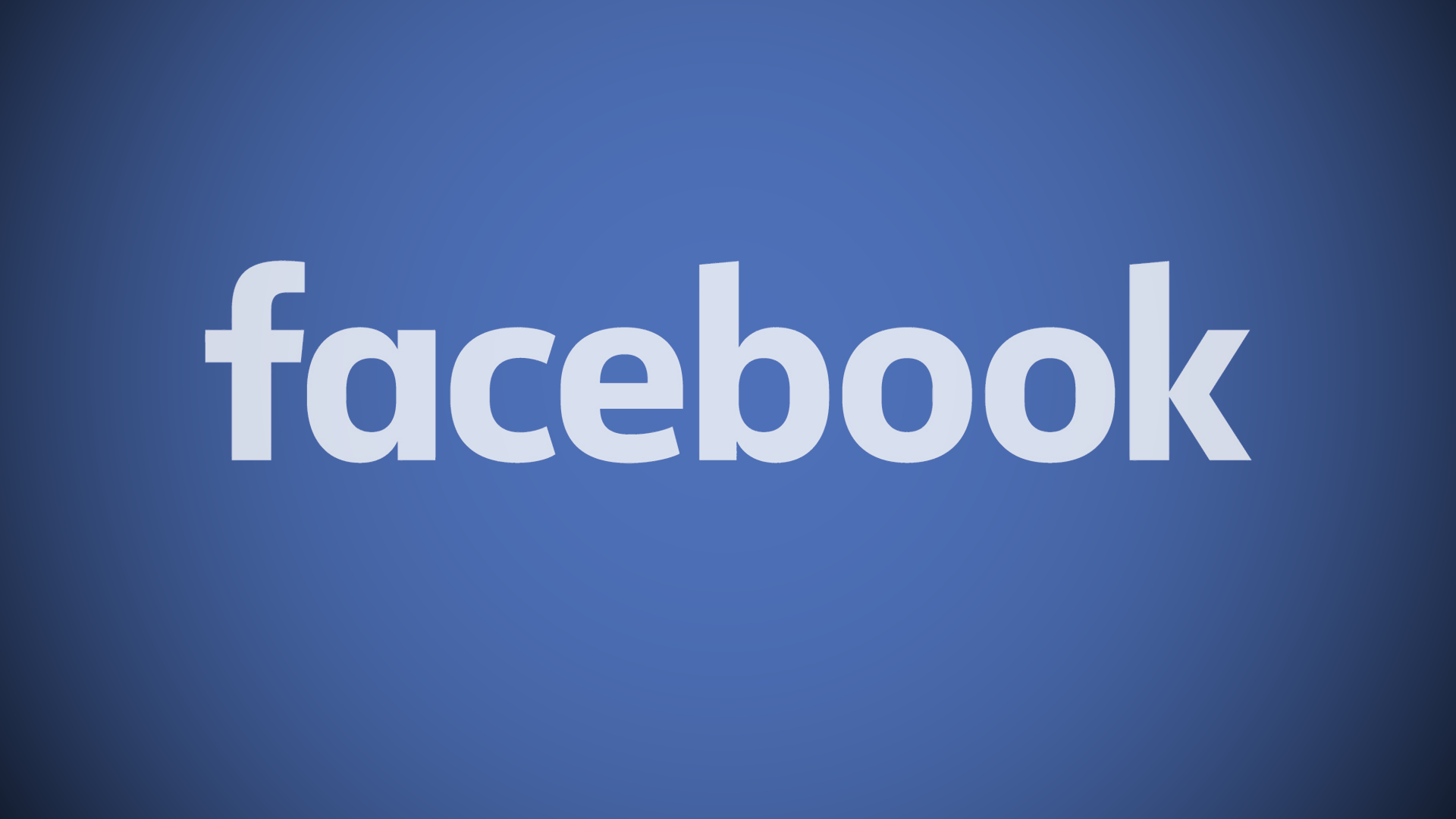In major measurement update, Facebook overhauls metrics, makes corrections, adds viewability
Facebook is also adding more third-party verification and forming a Measurement Council to stay in step with evolving products and metrics.
Ginny Marvin on November 16, 2016 at 9:00 am

In a sort of course correction, Facebook made several announcements Wednesday pertaining to audience and ads measurement on the social network.
The news includes several metrics corrections — though none likely to cause as much consternation as September’s revelation that Facebook had been overstating the “average duration of video viewed” due to a miscalculation — more third-party verification, a new blog to communicate ongoing metrics changes, and the formation of a new Measurement Council.
“We want to reaffirm our commitment to the market and provide clarity and transparency into the platform,” said Mark Rabkin, Facebook VP engineering for ads, by phone yesterday. “We know we have been evolving quickly, which has led to new user behaviors and new ad formats, and we have heard feedback that clients want more information and transparency on the behavior and advertising metrics that are also evolving.
“The vast majority of this work has been in progress throughout the year, however once the video view metric issue happened, we doubled-down on focusing efforts on finding issues and communicate them thoroughly.”
Here’s what the company announced Wednesday morning:
Third-party verification & viewability program is expanding
Facebook is launching third-party viewability verification for display ads. The company already offers viewability verification on video ads. This update means all ads on the platform can be measured by viewable impressions, including website link ads and Canvas ads, through Facebook’s measurement partners Moat and Integral Ad Science.
Organic Reach counts are also shifting to viewable impressions. Organic and paid impressions will be counted only when a post or ad enters a user’s screen. Facebook says organic reach will be 20 percent lower on average when the change is made in the coming months. At that time, Page owners will be notified in the interface and on a new measurement blog.
For publishers, Facebook video and Facebook Live video will now be included in Nielsen’s Digital Content Ratings (DCR) to provide third-party verification for video metrics. Inclusion in DCR means publishers will be able to provide comparable metrics for digital and TV in Nielsen’s Total Audience Measurement.
Metrics corrections and clarifications
Following on its Newsfeed FYI blog, Facebook is launching a new communication channel around measurement called Metrics FYI to share metrics updates, bug reports and fixes and other measurement announcements.
The first post on the new blog addresses the shift to viewability for organic reach and a miscalculation on the Organic Reach metric that was one of several detected by Facebook’s third-party measurement partners.
Organic reach overstated
This error affected the Organic Reach metric that appears in the Page Insights overview dashboard. Meant to show unique visitors, it was instead reporting a sum of daily organic reach over a 7-day or a 28-day period. As a result of the correction, Facebook says the de-duplicated 7-day summary will be 33 percent lower on average and the 28-day summary will be 55 percent lower. All data in other fields is unaffected. “This bug has been live since May; we will be fixing this in the next few weeks. It does not affect paid reach,” the company said.
Video completion rates understated
Facebook is changing how video completion rates are calculated. The company says that third-party measurement providers alerted them that end-of-video is often hard to detect due to a number of factors such as a mismatch in audio and video syncing across different operating systems and devices.
While someone may watch a video to completion on their device, the audio may continue to play for a bit longer, for example. The difference is often a fraction of a second shorter or longer. As a result, Facebook says it has been undercounting the metric “video views to 100%” (now renamed “video watches at 100%”). Facebook is updating how it reads video length, and says the change may lead to roughly a 35 percent increase in in that metric reporting.
Instant Articles time spent overstated
Facebook says the average time spent per Instant Article has been over-reported by an average of 7-8 percent since August 2015. The metric was showing the average across a particular range of time spent. It should have calculated the total time spent reading an article divided by total views of the article. Facebook says it has fixed that calculation.
Analytics for Apps referrals overstated
In Facebook Analytics for Apps, the”referrals” metric should reflect the number of clicks to an app or website. Instead it was showing a count of all clicks on the content in the posts, including clicks that open photo or video content on Facebook.
On average, referrals account for 70 percent of all clicks on app posts and clicks to content on Facebook accounts for 30 percent of clicks. So far, Facebook has only looked at the referrals among apps that check the metric most frequently, but found referrals were overstated by approximately 6 percent on average. Facebook says it is still working to clarify this definition and calculation.
Interest lists being retired
Due to low usage, Interest lists, which allow users to group related content for viewing, are being removed. This will impact profile follower counts for profiles that created and were featured in Interest lists, in part because users that followed a profile and an interest list that included that profile were being double counted. The impact will vary — most profiles can expect to see a drop in followers of less than 5 percent, according to Facebook.
More descriptive names & calculations for ads metrics
Ads metrics within Facebook reporting have undergone a complete review and update to try to make the naming conventions clearer and more intuitive for advertisers. For example, “view content” is changing to “website view of content,” and “video views” is changing to “3-second video views”.
Calculations and metric definitions have also been clarified. For example, the Canvas View Duration metric reports time spent in Canvas. Facebook is clarifying the metric calculation to make it clear that it does not include time spent after a user clicks to offsite content from a Canvas ad. Another example: the description of video views metrics (3, 10, and 30 seconds) now includes the term “aggregate” to more clearly explain it is based on aggregate view time of at least the specified number of seconds.
An update in the reporting interface allows advertisers to customize the columns in reports by selecting the metrics that matter to their campaign objective.
Launching Measurement Council
Senior measurement executives from large agencies and advertisers and potentially third-party partners will work with Facebook measurement teams on a new Measurement Council. The goal of the council will be to develop measurement products and standards. The model is built Facebook’s global Client Council that has come up with new products such as Canvas in working sessions.
Industry Reactions
How marketers will react to the discovery of several more reporting errors remains to be seen, but the insistence by advertisers that Facebook open up to third-party verification is certainly further validated. A handful of miscalculations can go a long way to eroding trust and may have implications for trust in the broader digital advertising ecosystem. However, I expect, the acknowledgement of the problems, corrections and initiatives to provide more transparency will eventually instill more confidence that Facebook is maturing its approach to measurement and responding to advertiser concerns in meaningful ways.
Asked about the updates, Randall Rothenberg, president & CEO of the Interactive Advertising Bureau, told Marketing Land, “third-party verification, unifying measurement standards, and open dialogue about measurement among value chain partners are and always have been very big deals in media and marketing. Facebook’s moves certainly will build greater trust in and utility for digital media and advertising metrics.”
“Facebook is taking steps to make its wide array of metrics more clear to advertisers,” said Debra Williamson, principal analyst at eMarketer, when asked. “It is changing the names and descriptions of some metrics, to better fit the way things have evolved on Facebook. That will definitely help marketers make better decisions and hopefully drive more ad spending on the platform.”


